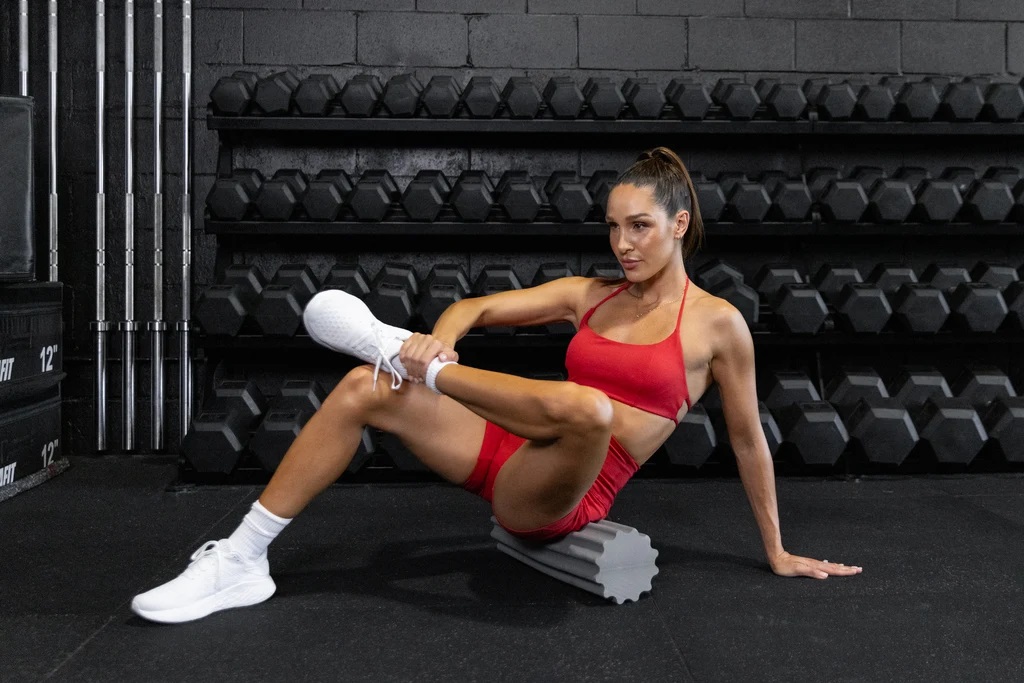This is a demanding sport as we will need strength and balance to improve on the track, as well as proprioception work if we are going to perform more demanding jumps and maneuvers.
For this, it is important to carry out a complimentary training of different muscle groups involved in the practice of our sport. If we perform a series of key exercises for skaters properly and establish this additional routine we will notice how our balance, strength, and control on the skates improve considerably.
Contents
Exercises to improve your skating technique
Before starting with the list of exercises for skaters, we want to highlight one of the star products to exercise and perfect our technique. It is the Tempish Slide Mat skater training tape. A perfect sliding tape to simulate skates and perform a series of exercises in the correct way.
20 min warm-up
- We will not forget to do a short warm-up before starting to activate the muscles to work.
- The best way to do it will be through an aerobic exercise such as jumping with a rope or doing a 10/20 minute run, which will also help us to improve our resistance and strengthen our legs.
- In addition to the legs, it will be essential to also work shoulders, back, and core for a better posture and to gain balance.
20 Push-ups
- We will get into a plank position resting the palms of the hands on the floor with the arms stretched out slightly wider than our shoulders and at the height of our chest.
- At the other end, we support the footprint, with our legs spread slightly more than the line of our hips and we will have our legs stretched and active.
- Once we have our position correctly, we will bring our chest towards the ground flexing elbows and controlling the descent and ascent.
- Important! The arms must have an opening of about 45º or 60º degrees at the most with respect to the trunk. One way to control it is to think about making a triangle so that our elbows are the two vertices at the base of the triangle and our head is the top vertex.
50 Squats with rubber bands
- We will put our feet firmly on the ground with a separation of the width of our hips and we will pass a resistance rubber over the soles of the feet so that it is well supported.
- We will take the ends of the rubber band with each hand and then we will bring our hips back a little and we will lower, bending our knees until we form a 90º angle between our knees and hips.
- We will hold here for a couple of seconds and gradually rise to our starting position. It is important to keep your back straight at all times.
40sec of Iron
- We position ourselves as in the push-up exercise but with the legs together.
- It is about maintaining this position for 40 seconds or 1 min, activating the abdomen well and without noticing discomfort in the lumbar part.
- To complicate it a little more, we can first lower one arm to support our forearm and then the other, remaining on our forearms and then return to support hands. We will do this for the entire duration of our exercise.
20 lunges with each leg
- We stand with our feet with a separation of the width of our hips and we will first take one leg taking a wide step forward and we will lower our hips making a knee bend with the leg that we have advanced.
- The back leg will remain fully stretched or slightly bent and it will be important to make sure that the knee of the leg in front of us does not exceed the ankle and is in a 90º position with respect to it.
- We will perform this exercise alternately with each leg until we reach 20 strides per leg.
- Important! You have to keep your back as straight as possible.
10 jump squats
- For this exercise we will stand with our feet at the height of our hips, we will go down doing a normal squat and from our low position we will make a powerful push from our legs so that we take a jump and our feet are separated a few centimeters from the ground.
- When we fall we go back down bending our knees and controlling our fall.
- Things to keep in mind is that we should have our knees pushing out without letting them come together or come inwards.



